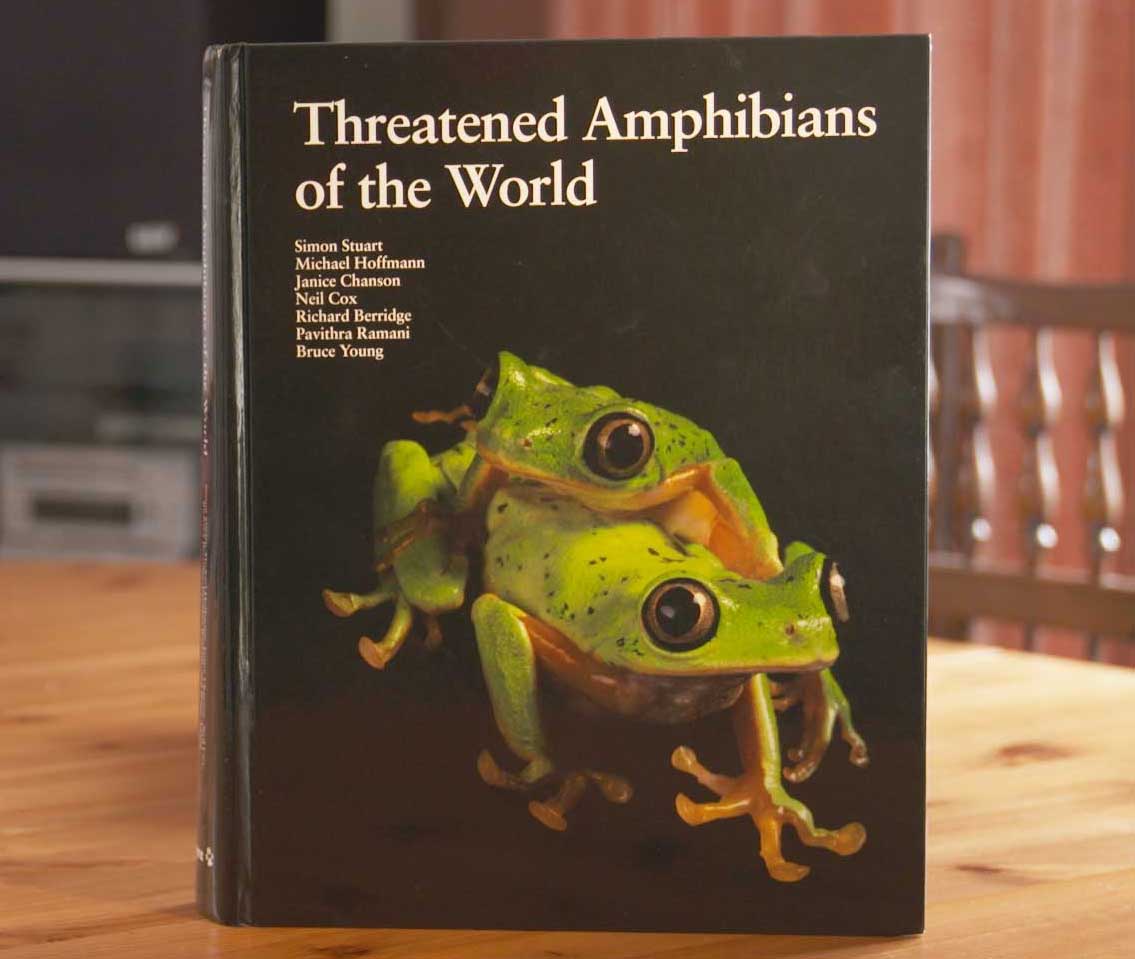The Risk to Amphibians Is the Risk to the Global Environment
They found out that about one-third of amphibian species around the world were threatened. There were three major causes : (1) habitat loss, (2) disease, specifically a fungal disease called chytridiomycosis, and (3) overharvesting.
Chytridiomycosis in frogs is caused by the parasite, chytrid, on their skin, and there is no cure for it in the wild.
Once frogs develop the disease, they weaken or even die if the condition worsens. It is an extremely frightening disease.
All these problems were caused by humans.
It is believed that chytridiomycosis is of Asian origin and spread throughout the world due to the global movement of goods and pets, suggesting the involvement of humans in the spread of the disease.



